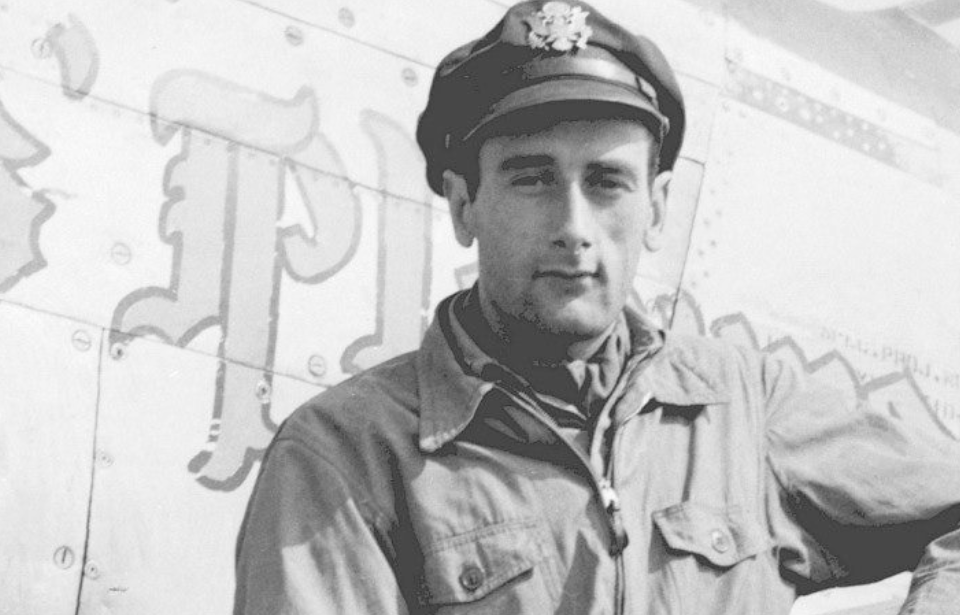Joining the US Army Air Forces
Born in New York, Bruce Carr was just 15 years old when the Second World War broke out in 1939. Motivated by the events of that year, the teenager made a firm commitment to master the art of flying.
Jump ahead three years to September 3, 1942, and Carr, now 18, enthusiastically enlisted in the US Army Air Forces. Using his prior aviation experience, he joined the service’s accelerated training program, ascending into the skies aboard the Curtiss P-40 Warhawk.
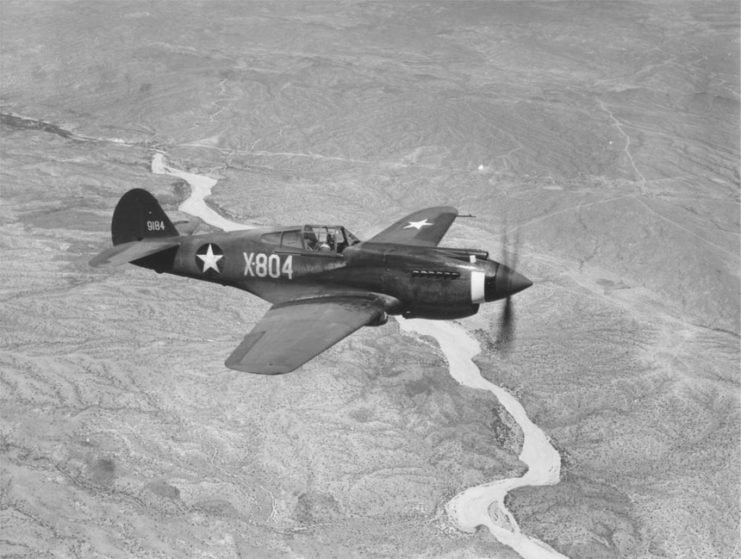
On August 30, 1943, Carr attained the rank of flight officer, amassing an impressive 240 flight hours. His expertise extended to specialized training, enabling him to pilot both the North American P-51 Mustang and A-36 Apache. The former, in particular, held a special place in his preferences, earning the endearing nickname, Angels’ Playmate.
In 1944, Carr found himself stationed in England as a member of the 380th Fighter Squadron, 363rd Fighter Group, Ninth Air Force at RAF Rivenhall. His initial triumph against enemy aircraft came after a determined pursuit and firefight, resulting in the downing of a Messerschmitt Bf 109. However, he didn’t receive credit, due to unmet technical criteria for a confirmed takedown.
This bold and assertive approach singled Carr out as a pilot of a distinct nature, a reputation that led his superiors to categorize his actions as “overaggressive.” As a consequence, he was reassigned to the 353rd Squadron, 354th Fighter Group, based at RAF Lashenden.
A trip to Germany
On November 2, 1944, Bruce Carr experienced the loss of his cherished P-51D. Leading a strafing mission against a German airfield in Czechoslovakia, he recognized the impossibility of keeping his aircraft airborne and made the decision to bail out behind enemy lines.
Remarkably, he succeeded in evading detection for several days.
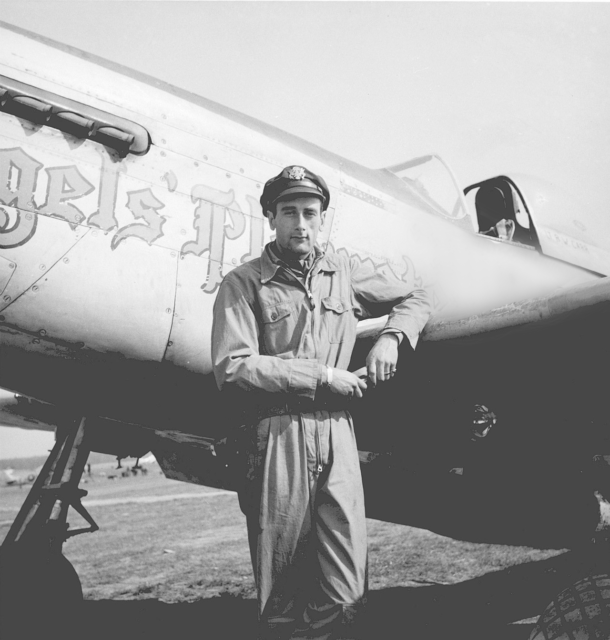
Despite successfully evading capture, Carr found himself without food or water, leading him to contemplate that surrender might be a more favorable option than persisting in his current predicament. Aware of a nearby airfield, he journeyed there intending to surrender. However, upon his arrival, he stumbled upon a crew preparing a German Focke-Wulf Fw 190 with fuel.
Deviating from his initial plan, Carr opted to wait until the crew departed before discreetly boarding the aircraft.
Traveling home
Carr made a concerted effort to decipher the inner workings of the Fw 190, even though the labels and instructions were written in German. His determination paid off. Once he had the opportunity, he took off without encountering any opposition or even drawing any noticeable attention from others.
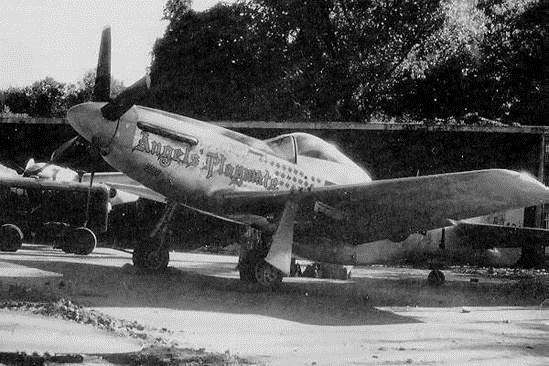
Departing German territory was relatively easy, thanks to Carr’s aircraft having German markings. However, the return to Allied airspace in France proved to be a formidable task. Upon reentry, he was immediately met with enemy fire. Determined to reach his base, Carr opted to fly at the lowest feasible altitude and maximum speed. This strategy proved effective. However, by the time he arrived, his radio had ceased to function.
In rather dramatic fashion, Carr executed a landing on the base’s field without extending his landing gear and slid to a halt. The accounts vary, with some sources suggesting he deliberately refrained from deploying them, while others indicate he may not have been aware of the proper procedure.
Bruce Carr sticks the landing
It didn’t take long for people to try dragging Carr, who was presumed to be a hostile German pilot, out of the cockpit. However, he was still strapped into his seat.
According to him, “I started throwing some good Anglo-Saxon swear words at them, and they let loose while I tried to get the seat belt undone. But my hands wouldn’t work and I couldn’t do it. Then they started pulling on me again because they still weren’t convinced I was an American. I was yelling and hollering. Then, suddenly, they let go, and a face drops down into the cockpit in front of mine. It was my Group Commander: George R. Bickel.”
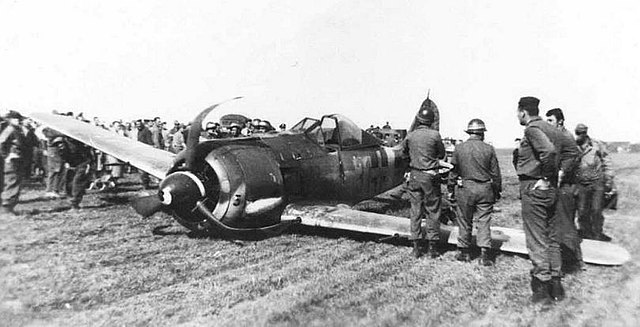
Bickel had a simple question for his pilot, asking only, “Carr, where in the hell have you been, and what have you been doing now?” This daring escape didn’t stop Carr from continuing to fly, and he served the rest of the war. By the end, he’d earned the distinction of triple ace and was given credit for 15 aerial victories over 172 combat missions.
Bruce Carr’s service in Vietnam and Korea
After World War II came to an end, Bruce Carr remained with the US Army Air Forces as it became the US Air Force. Initially, he was assigned to fly the Lockheed F-80 Shooting Star as part of the Acrojets, America’s first jet-powered aerobatic demonstration team. They were stationed out of Williams Air Force Base, Arizona.
During the Korean War, the now-Maj. Carr flew with the 336th Fighter-Interceptor Squadron on an impressive 57 missions, before taking over as the commanding officer of the squadron between January 1955 and August 1956.
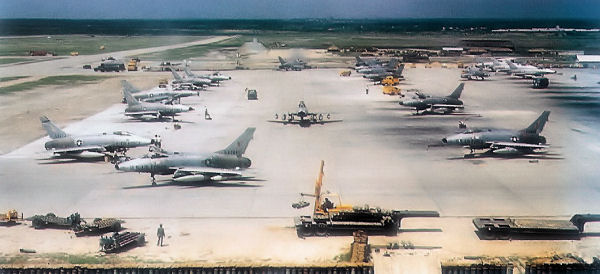
Promoted yet again, Col. Carr later served in the Vietnam War, where he flew with the 31st Tactical Fighter Wing out of the Tuy Hoa Air Base. He primarily flew on close air support missions in the North American F-100 Super Sabre, racking up a whopping 286 combat missions during his deployment.
More from us: The American Air Ace Shot Down By Friendly Fire During the Battle of the Bulge
In 1973, Carr retired from the Air Force. For his service in three wars, he was awarded an impressive number of medals, including the Distinguished Service Cross, the Legion of Merit, the Silver Star, 31 Air Medals and four Distinguished Flying Crosses. In 1998, he passed away from prostate cancer and was buried in Arlington National Cemetery.
